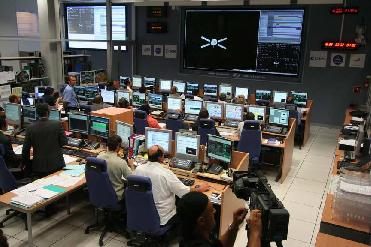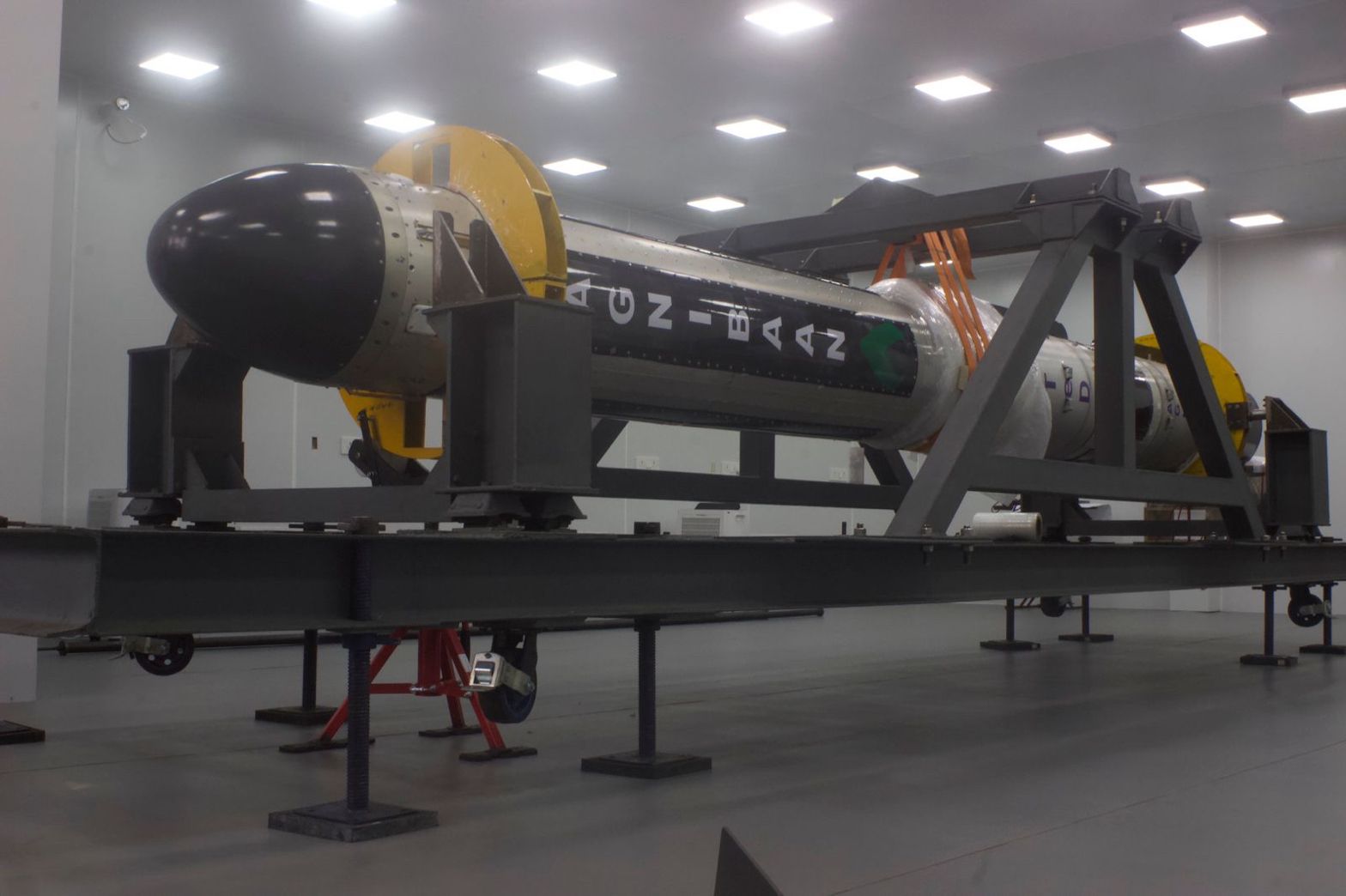
MUNICH (BNS): Europe's first Automated Transfer Vehicle (ATV), Jules Verne, after finishing its successful six-month mission undocked from the International Space Station (ISS) at 23:29 hours CEST on Friday. On its final journey in space, the ATV will end its mission with a controlled destructive re-entry into the Earth's atmosphere on September 29.
The Station crew closed the hatches between the ISS and the ATV on Thursday September 4, following ATV preparation for automated undocking. According to the European Space Agency, once all other pre-undocking tasks were completed, the ATV hooks were opened, detaching Europe's unmanned logistics vehicle from the Station, with a spring mechanism pushing it away slowly.
The ATV after wandering unpowered for a minute and traveling a distance of three metres from the Station deployed its smaller attitude control thrusters to distance itself from ISS and begin its return journey. The ATV was exactly below the ISS at a distance of about 5 km, within 22 minutes of undocking. At this point its automatic emergency systems, which could initiate a Station collision avoidance manoeuvre, were halted.
In its re-phrasing phase, lasting 23 days, the ATV will carry out manoeuvres to lower the ATV orbit, bringing it back on the same orbital flight path as the ISS but at a certain point below and behind. In order to reduce fuel consumption, carrying out these manoeuvres is required, which will also enable the ATV to arrive at the correct point for its re-entry over a completely uninhabited area of the South Pacific. The ISS, as well as two specially-equipped observation aircraft will be deployed at monitoring locations in the region to view the ATV’s return.
Speaking about the ATV mission, Simonetta Di Pippo, ESA's Director of Human Spaceflight said that the way the ATV has performed, highlights extremely well how the benchmark of European space technology has been raised, and the wealth of expertise present in the European industry. Simonetta Di Pippo said, “This bodes well, not only for future ATV missions to the ISS, but also for developments of this kind of technology that may eventually provide Europe with an autonomous cargo return capability and independent access to space for European astronauts.”
It was a busy time for all those at the ATV Control Centre (ATV- CC) at the French Space Agency CNES in Toulouse, testing communication links with the spaceship, updating ATV system parameters and defining the orbital profile the ATV will take on its return to the Earth. The ATV-CC also had the responsibility of activating all the relevant ATV primary and backup systems and giving the undocking command before the undocking from the Station.
Except the pressures of a busy schedule, ESA's ATV Jules Verne Lead Mission Director, Hervé Côme, said that one couldn't have wished for a better mission. Côme said, “All the systems have performed exceptionally well throughout the whole mission and continue to do so, which has allowed us to extend operations by a month. I should like to express my gratitude to all the ATV-CC staff and to everyone else involved in making this mission a success. And in just over three weeks, we will be looking forward to the ATV 2 mission in 2010.”
The ATV-CC staff will now start preparing for the arrival of the next logistics vehicle, Russia's Progress 30P spacecraft, on September 12 at ISS.
 Next Article
Next Article













The Indian Air Force, in its flight trials evaluation report submitted before the Defence Ministry l..
view articleAn insight into the Medium Multi-Role Combat Aircraft competition...
view articleSky enthusiasts can now spot the International Space Station (ISS) commanded by Indian-American astr..
view article